What are we doing to our dogs?
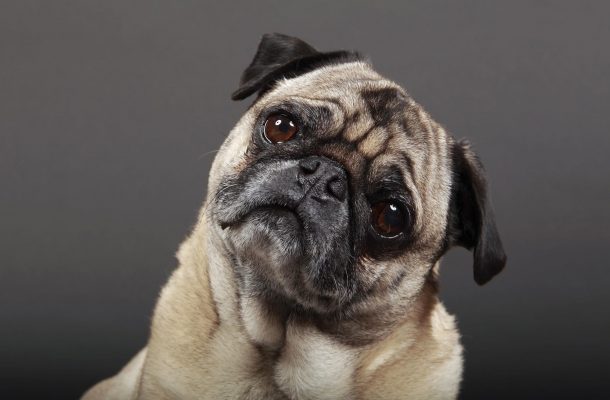
Choosing to get a dog is a huge decision; a puppy isn’t just for Christmas as they say. But thanks to hundreds of years of breeding, there is a dog for almost everyone, sporting every trait, look, size and shape you could wish for.
These days, you can even ‘clone’ your beloved dog before or after it dies, something Barbara Streisand did last year, cloning her little Coton de Tulear to get two puppies.

Additionally, most, if not all, breeds of household dogs that exist today are a result of selective breeding – this is when humans actively choose which traits should be passed onto canine offspring.
And that has led to problems.
But how far should we go in ‘designing’ our dogs, when in Australia alone tens of thousands of lost and unclaimed dogs are put down every year?
What are the genetic costs of intensive breeding? And how many dogs does it take to make a clone?
For some answers we asked the experts.
Professor David Balding is a genetic statistician and the Director of Melbourne Integrative Genomics; Associate Professor Caroline Mansfield is a veterinary researcher and Director of U-Vet Hospital; and Associate Professor Megan Munsie is a stem cell scientist and ethicist as well as Deputy Director of the Centre for Stem Cell Systems and head of Engagement, Ethics and Policy at Stem Cells Australia.
The pros and cons of dog breeding
Professor Balding, a genetic statistician says The problem with breeding is that it reduces genetic variation and so increases disease risk.
Often the gene for a desired trait is genetically linked with another gene that causes disease, and sometimes the desired trait can directly lead to disease.
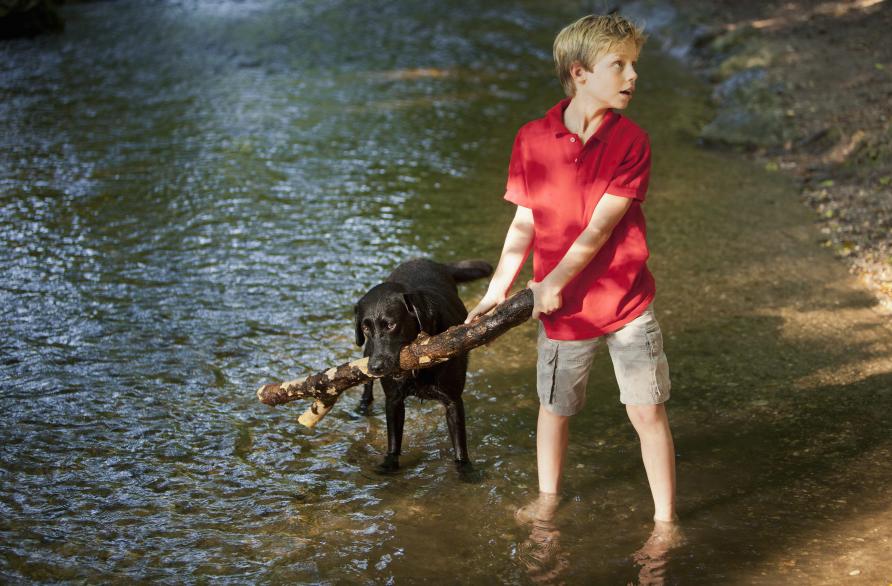
Associate Professor Mansfield, veterinary researcher agrees that for the usual dog owner in modern suburbia, breeding is largely about appearance and perhaps behaviour, rather than for some ability like sheep herding or rat catching. And this raises the core question of what is perfection?
The owner of a Pug will love their cute snuffling dog – it will be perfect for them. But for a veterinarian like me a Pug is far from perfect – it can’t breathe properly and, often, we need to intervene to help them.
But the Pug is just one example of many breeds that have associated health problems. Miniature Dachsunds are prone to spinal problems, while Cavalier King Charles Spaniels are prone to a heart disease. Great Danes have a high risk of developing bone cancer and Boxers are particularly vulnerable to some tumours.
There are also some breeds that can’t reproduce naturally, requiring for example caesarians or artificial insemination.
Professor Balding warns that it’s hard to get good figures, but there are indications that the problems of intensive breeding are getting worse.
Intensive breeding has mostly been practised in the last century, and until just a few decades ago, there was still cheating going on – dogs being registered as purebred when they weren’t. This cheating is actually helpful in the long run. It introduces new genetic variation into an otherwise small gene pool, but nowadays with the wide use of genetic testing, cheating is very difficult.
As a result, most modern breeds have very low genetic diversity, and it’s decreasing further in every generation.
Even if a breed size may be 100,000 animals, the ‘effective’ population size after taking account of genetic variation, may be only a few tens, a very low level of genetic variation that means the breed has a limited capacity to respond to the challenge of disease.
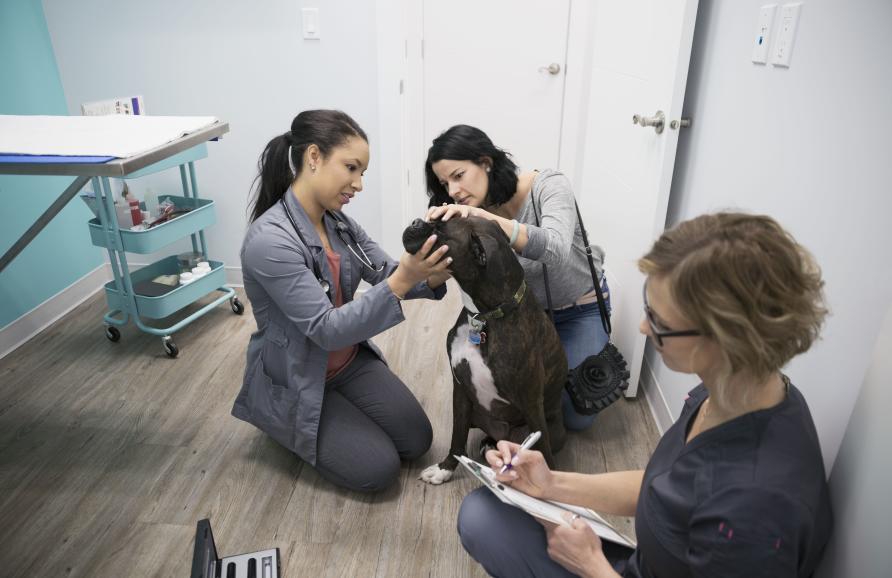
Sadly, the public is generally unaware of the health problems because the unhealthy pups are often quietly disposed of.
Associate Professor Mansfield agrees that it isn’t only unhealthy puppies are put down. Perfectly healthy dogs that don’t otherwise make the grade risk being treated like disposable commodities and simply euthanised.
What does responsible breeding look like?
Professor Balding says that Some animal rights activists insist that any attempt to maintain distinct breeds is unethical.
A more common position is to try to keep the advantages of having breeds while minimising the bad health outcomes. One way to do this is to mate animals that both have the desired traits but are as unrelated as possible.
In the past, mating between even first-degree relatives was common, but now kennel clubs can provide online tools that measure the relatedness of potential mates to avoid the worst excesses of inbreeding.
Other possible strategies to reduce harm include limiting the number of offspring of any one sire, having more international exchanges of the same breed, and more controlled crossings with similar breeds. Breeds with very small gene pools could also be discontinued or merged with similar breeds, and breed standards can be redefined to avoid encouraging harmful traits.
Associate Professor Mansfield underlines that Responsible breeding practices do no harm – it is when there is breeding for a narrow characteristic that there is an increased likelihood of exacerbating and perpetuating health problems.
Responsible breeding can mean certain dogs are more predictable in size and temperament. And there are positive examples of this.
Assistance dogs like Labradors have a very predictable temperament; farm dogs are highly trainable; Beagles are well suited to being sniffer dogs; and Poodles don’t shed hair, which makes them potentially good companions for some people with allergies.
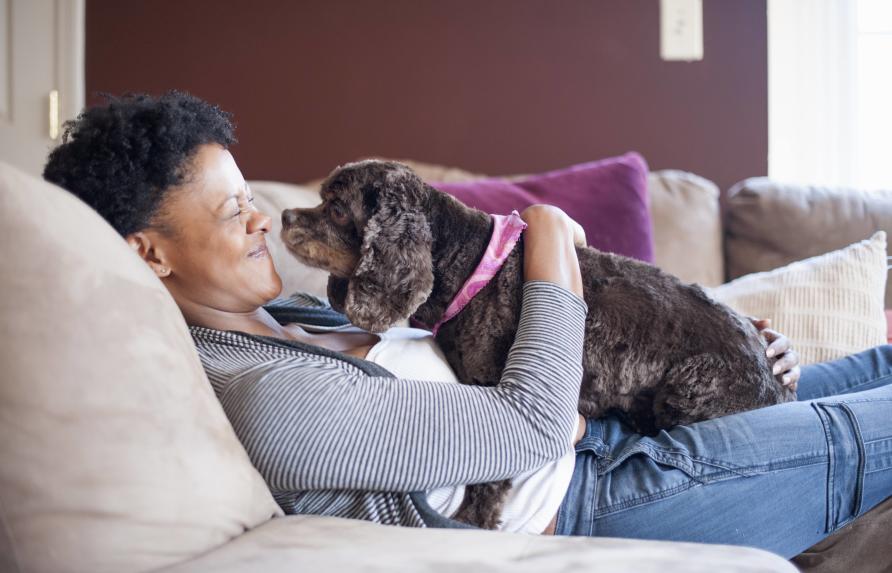
Outside of examples like these, I am not sure there is any advantage of breeding except in the way a dog may ‘look’, which goes back to the subjective idea of perfection and beauty.
I am definitely in favour of out-breeding, in which unrelated or very distantly related individuals are mated to counter the genetic problems of inbreeding.
But some of the cross-breeds marketed now look like blatant commercialism to me, and I worry that people are paying a fortune for these dogs when there are so many unwanted dogs in shelters.
It’s also worth remembering that even cross-breeds can come with inbred health problems. One example is a Daug (or Pugshund), which is a cross between two breeds that have a lot of health problems – the Dachshund and the Pug.
This cross-breed is packaged as being healthier than either a Dachshund or a Pug, but unless the breeding stock is carefully screened for disease, that isn’t guaranteed.
How do you clone a dog?
Associate Professor Munsie says that cloning man’s best friend involves a technique call Somatic Cell Nuclear Transfer (SCNT) – the same procedure that was used to create Dolly the sheep in 1996, the first mammal to be cloned from an adult cell.
It involves taking an egg from a donor, removing the genetic material from the egg – the donor’s chromosomes – and replacing them with the nucleus and genetic material from a cell taken from the individual being cloned.
In the case of Ms Streisand’s dog, they used cells taken from its cheek and abdomen just before it died. The donor egg – now reconstituted with the transplanted nucleus – is jolted by an electric ‘shock’ or exposure to chemicals to trigger cell division and normal embryonic development.
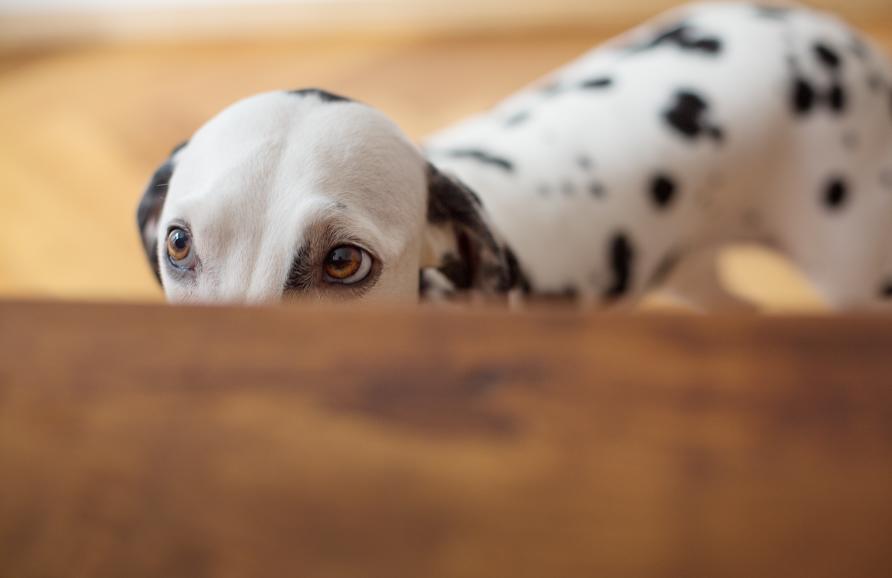
As the technique isn’t very efficient, each attempt to clone an animal will involve not one reconstituted egg but many. After a couple of days growing in the lab, the developing cloned embryos are then put into the uterus of a surrogate.
Since 2005 when the first cloned dog, Snuppy, was born in Korea, the possibility of cloning much-loved pets has captured people’s imagination. But it also has a commercial element – some companies have jumped on the bandwagon and are promoting their services.
A company based in Texas that aims to service “pet parents worldwide”, claims to be able to create “an identical twin” of your pet “that is born at a later date”. They stress that the clone will share many of the attributes of your pet but may have slight differences, like markings on the coat and differences in personality.
Indeed, cloning doesn’t produce a carbon copy of your pet and it may not even look like your pet.
Is cloning ethical?
Associate Professor Munsie believes there is an obvious ethical problem with cloning in that huge resources are put into producing cloned dogs when so many dogs are being abandoned in shelters every day. But there is also a hidden cost. Cloning is terribly inefficient, and the cost is other dogs.
To achieve Snuppy, over 1000 embryos were implanted in the uterus of more than 120 surrogate dogs. This resulted in only three pregnancies. One foetus was lost during gestation and one pup died shortly after birth from pneumonia.
While there may have been progress in reducing the number of embryos needed to produce a cloned pup since Snuppy, it is likely that hundreds of donor eggs and many surrogates are still required to achieve the birth of a healthy clone.
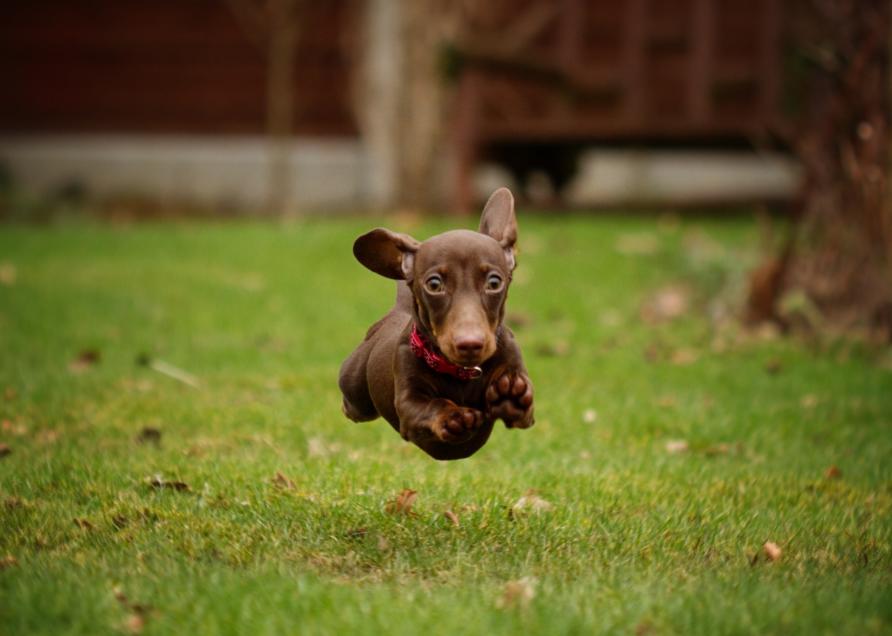
Will cloning your dog (and other pets) go mainstream?
Associate Professor Munsie says that with a price tag of A$50,000-A$100,000, cloning your dog or other pet will be prohibitively expensive for most people. People may also be deterred by the disappointment that the clone isn’t exactly the same as their original pet.
It’s likely that for those who are able to pay the money, they are likely to accept and love their clone, even if it isn’t identical, because it preserves a link to the pet they’ve lost.
But treasuring the memory of a much-loved pet, and maybe forming new memories with a new pet is likely to remain the norm.
Professor Balding, Associate Professor Mansfield and Associate Professor Munsie discussed issues around dog breeding and cloning as part of the Science Gallery Melbourne’s Perfection exhibition that runs until 3 November, 2018. This article was published by Pursuit.
Andrew Trounson is a senior journalist for the University of Melbourne’s Pursuit magazine. He was previously an education correspondent for The Australian.














